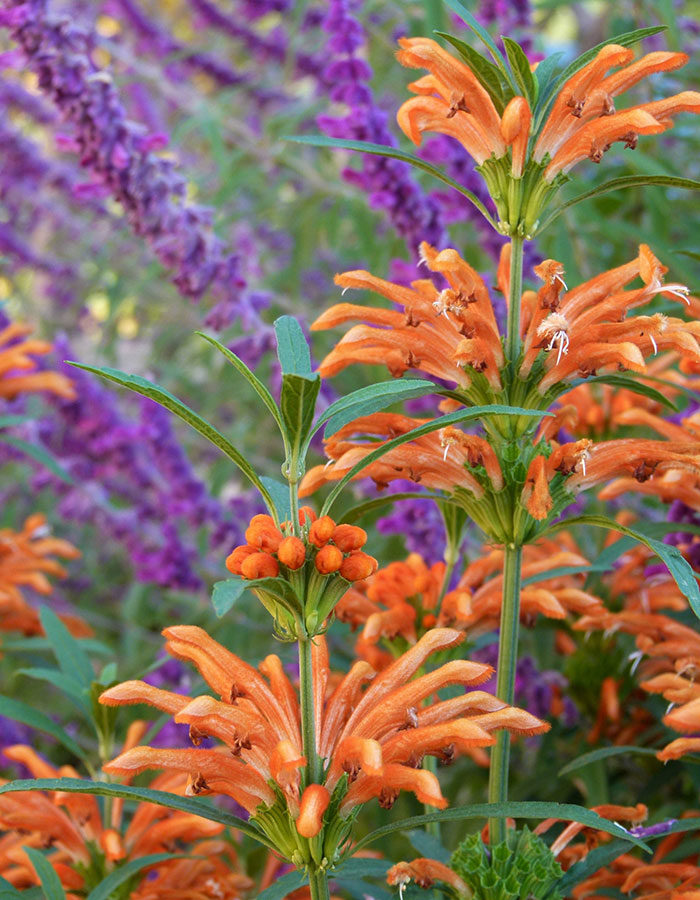
“Now, don’t you worry. He’s just a late bloomer.” This may not exactly qualify as a compliment in general conversation, but when it comes to the garden, late bloomers are the heroes that burst onto the scene of a garden running out of steam.
Southeastern summers are long! Not only do we experience the early, mid, and late summer seasons; we’ve also got late, late summer (what those north of us call fall). Late September through mid-November teases us with cool spells, yet shorts clothe the Southern gardener as often as sweaters until December. Such a long, warm growing season leads to worn-out summer bloomers by Labor Day. But it also opens up a window for the really late bloomers. As other plants are transitioning toward dormancy, these perennials are like an echo of spring, refreshing us with new blooms—a floral bonus round for sticking it out.
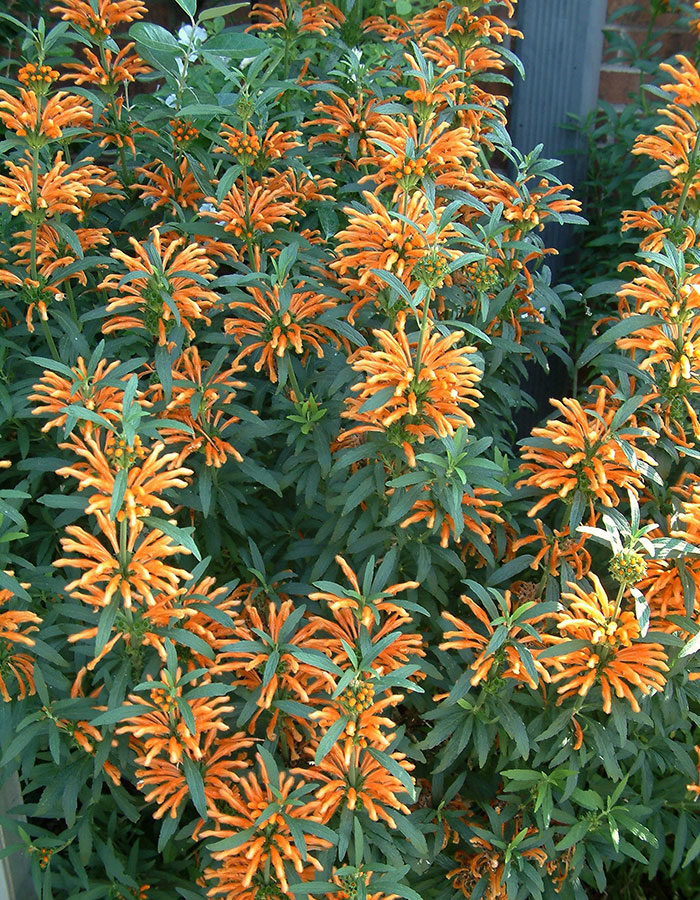
Lion’s ear puts on a spectacular show of orange blooms
Lion’s ear hails from South Africa, where it grows as a shrub, but it behaves as a root-hardy perennial in well-drained soils in Southeastern Zones 8–10. Just in time for Halloween arrangements, the 3- to 4-foot tall upright stems are covered in whorls of fuzzy, tubular orange flowers. It blooms for about a month and combines beautifully with another mint-family late bloomer: Mexican sage (Salvia leucantha, Zones 7–10). Site in sun, mulch in winter, and expect a late emergence. Little additional care is needed for this drought- and deer-resistant beauty.
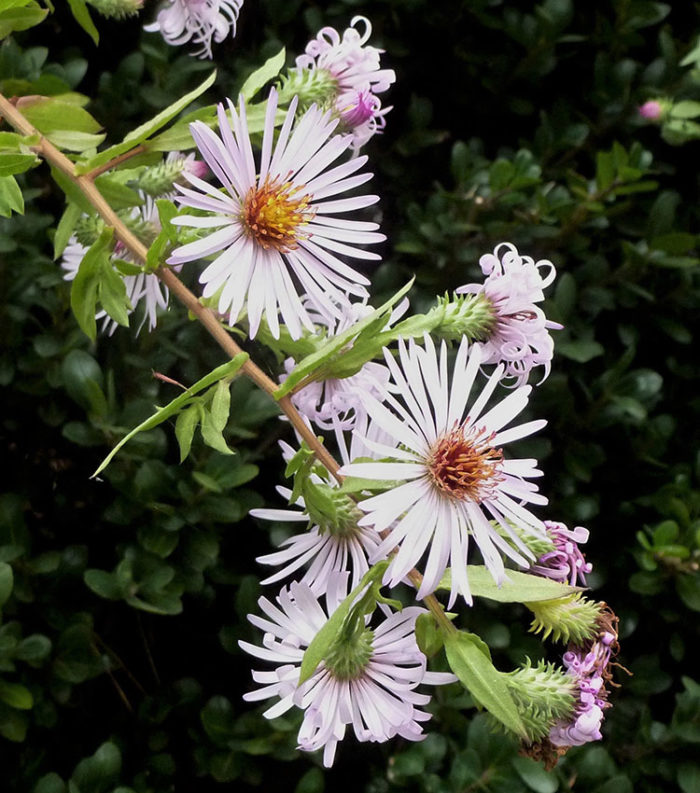
Climbing aster will wind up structures without tendrils or vines
Climbing aster should feel right at home in your garden, being native to the Southeast. You can find it growing wild in marshy areas, but it’s quite happy growing in most garden soils with average moisture and full sun to partial shade. Given the support of a fence or shrub, its sprawling stems find a way to weave and climb without tendrils or vines. It can reach up to 10 feet, forming a dense mass covered in blooms come late October. Its familiar 1- to 2-inch asterlike blooms have lavender-pink rays and yellow-to-burgundy centers, and it carries a light fragrance as an added surprise. Wait until early spring to assess where to cut it back for the new growing season.
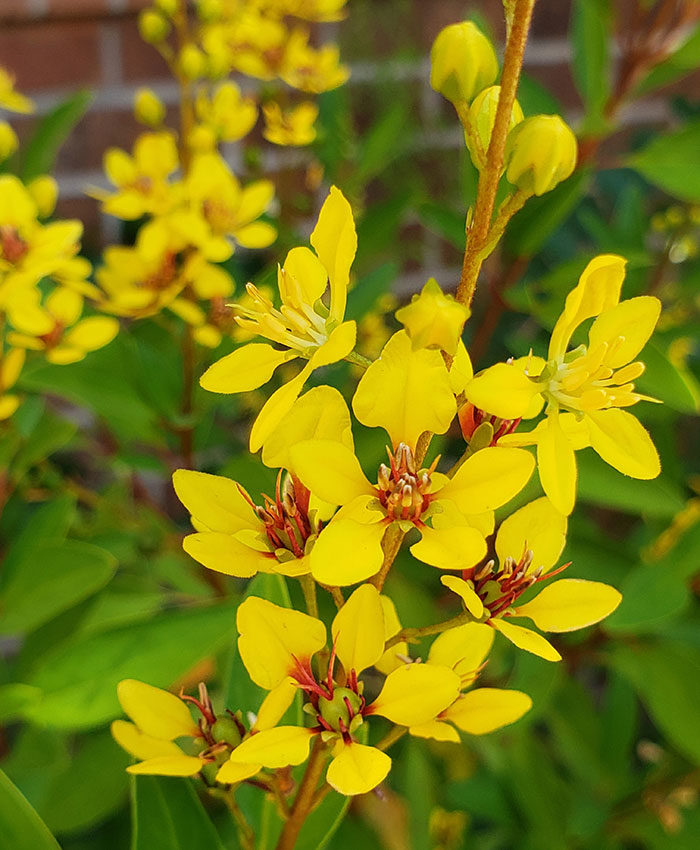
Spray-of-gold blooms from late summer through frost
Spray-of-gold is a shrub in its native range (Mexico to Peru), but it acts as a 3- to 6-foot shrublike root-hardy perennial for the lower Southeast. This is a neighborly perennial – making visual friends with just about anyone. The arching racemes of clear, bright yellow flowers at the tips of neat glossy green foliage are a perfect contrast to the blue-purple of Mexican sage and a lovely echo to the yellow centers of perennial mums (Chrysanthemum hybrids, Zones 4–9). A spot in full sun to partial shade with well-drained soil, along with winter mulch and a trim-down in early spring, pays back with a long-blooming season that begins in late summer and continues through frost.
Those late bloomers that are on the edge of hardiness in your area are best planted in spring and given the extra care of watering through summer to establish a root mass by season’s end. Take note of what catches your eye now, and add it to your spring planting list. Otherwise, you may find yourself next late, late summer wondering what you were waiting for.
Paula Gross is the former Assistant Director of the University of North Carolina at Charlotte Botanical Gardens.
Fine Gardening Recommended Products

Nesco Snackmaster Express Food Dehydrator
Fine Gardening receives a commission for items purchased through links on this site, including Amazon Associates and other affiliate advertising programs.

ARS Telescoping Long Reach Pruner
Fine Gardening receives a commission for items purchased through links on this site, including Amazon Associates and other affiliate advertising programs.

Gardener's Supply Company Summerweight Fabric Plant Cover
Fine Gardening receives a commission for items purchased through links on this site, including Amazon Associates and other affiliate advertising programs.


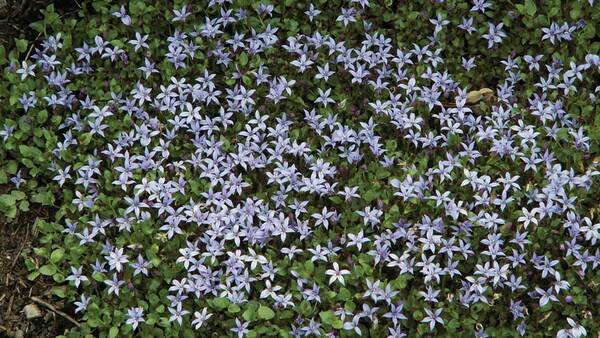
















Comments
Log in or create an account to post a comment.
Sign up Log in